
When your feet are killing you, rest in peace at the cemetery!
Particularly for people coming to Japan from other countries, one common gripe is the severe lack of outdoor seating such as benches. However, there is one place where such seating is surprisingly ample —Nagasaki cemeteries!
Taking a stroll through any graveyard in Nagasaki Prefecture, you’re likely to find a lot of benches, stools, and tables scattered among the monuments marking family graves.
However, before those of you in other parts of Japan start packing a picnic basket and polishing a talisman, bear in mind that this is a feature unique to Nagasaki only.
Nagasaki is a historically unique part of Japan. While the country remained closed off for centuries under the rule of the Tokugawa shogunate (1639-1854), Nagasaki was an exception in which trade between foreign countries was tolerated. As a result it was exposed to cultural influences not seen elsewhere.
▼ Japanese castella cake, which was imported from Europe, originated in Nagasaki.
One Nagasaki custom that likely came from China, was the act of setting off fireworks in cemeteries. This combined with the Japanese holiday season of Obon in August, when the spirits of deceased ancestors are said to return to the realm of the living. It was fortunate for Nagasaki people who didn’t need to worry about waking the dead with their festive explosives, because they were already up.
▼ Nagasaki in general has an above-average affinity for fireworks
Obon customs vary from region to region in Japan but for the most part, families gather at graves, wash them, pray, and give offerings such as a One Cup of sake. In Nagasaki, however, families also shoot off some bottle rockets and have a meal while among the dead, so it’s very practical to have some seating there as well.
It’s such a common habit in the southern prefecture that you’ll probably find most graveyards are located on hillsides for the ideal firework-shooting views.
Our Japanese-language writer Mariko Ohanabatake, who hails from Nagasaki, was surprised to find that her annual custom was unheard of elsewhere in Japan, even in her neighboring prefectures. Since visiting graves are solely family affairs that involve returning to hometowns, people rarely see the customs of other areas, keeping them relatively insulated to their respective regions.
That’s not the only thing unique to Nagasaki cemeteries either. Unlike other parts of Japan, graves here are usually engraved with gold lettering.
Nagasaki family graves also tend to have smaller monuments honoring the “earth god” next to the main monument. Both of these features are believed to have come from Chinese culture as well.
You’re likely to find unique touches to Obon anywhere you go in Japan, but in general, if you want to see a slightly different side of Japanese culture, there’s a whole lot to discover in Nagasaki.
Photos: ©SoraNews24
● Want to hear about SoraNews24’s latest articles as soon as they’re published? Follow us on Facebook and Twitter!
[ Read in Japanese ]


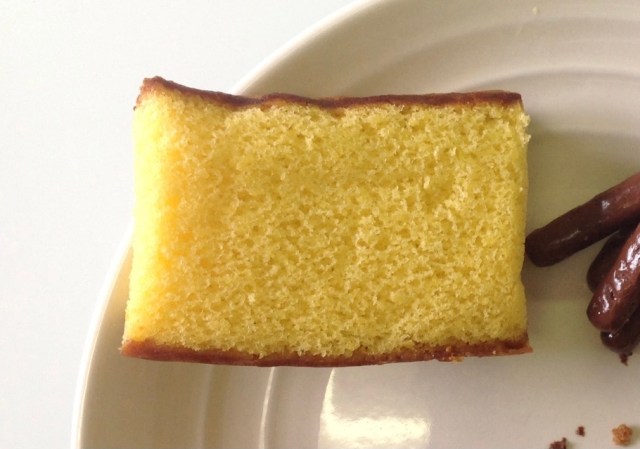
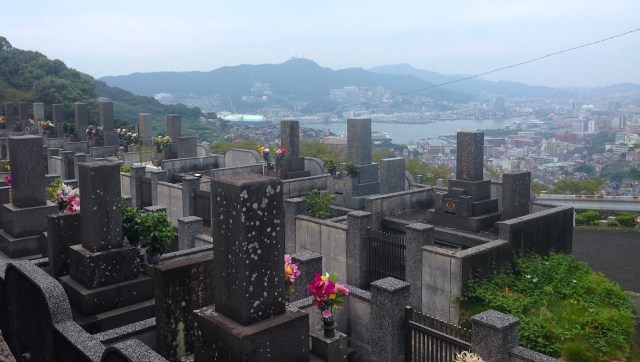

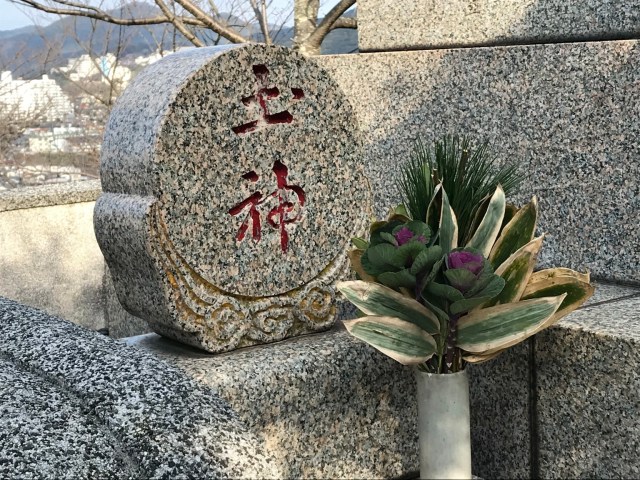
 The unusual and surprising ways people in Nagasaki celebrate Obon, the festival of spirits
The unusual and surprising ways people in Nagasaki celebrate Obon, the festival of spirits How Japanese people deal with death at Nagasaki’s Shoro Nagashi ceremony
How Japanese people deal with death at Nagasaki’s Shoro Nagashi ceremony Fireworks, seaweed, and sake-The unique regional aspects of visiting a grave in Japan
Fireworks, seaweed, and sake-The unique regional aspects of visiting a grave in Japan Five things you need to know about Obon–one of Japan’s biggest holidays 【Videos & more】
Five things you need to know about Obon–one of Japan’s biggest holidays 【Videos & more】 7 odd behaviors in Japan as seen by Chinese tourists
7 odd behaviors in Japan as seen by Chinese tourists The Purple Lucky Bag from Village Vanguard is an extra-large waste of money
The Purple Lucky Bag from Village Vanguard is an extra-large waste of money Cosplay costume room tour by Japan’s number-one cosplayer Enako is an eye-opener【Video】
Cosplay costume room tour by Japan’s number-one cosplayer Enako is an eye-opener【Video】 Dragon Quest Burgers and Slime drinks are coming to McDonald’s Japan【Video】
Dragon Quest Burgers and Slime drinks are coming to McDonald’s Japan【Video】 Private booths are coming to Japan’s Shinkansen bullet trains even sooner than we’d thought【Video】
Private booths are coming to Japan’s Shinkansen bullet trains even sooner than we’d thought【Video】 Japanese beef bowl chain Sukiya’s 2026 Smile Box lucky bag basically pays for itself
Japanese beef bowl chain Sukiya’s 2026 Smile Box lucky bag basically pays for itself Village Vanguard’s most expensive Black Lucky Bag sets an ominous tone for 2026
Village Vanguard’s most expensive Black Lucky Bag sets an ominous tone for 2026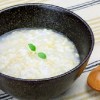 What do you eat when you catch a cold? We asked 11 of our Japanese reporters
What do you eat when you catch a cold? We asked 11 of our Japanese reporters Mr. Sato seeks meaty, booze-soaked redemption at Lopia【Japan’s Best Home Senbero】
Mr. Sato seeks meaty, booze-soaked redemption at Lopia【Japan’s Best Home Senbero】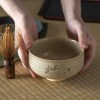 Studio Ghibli adds magic to your matcha with new tea ceremony whisk and bowl
Studio Ghibli adds magic to your matcha with new tea ceremony whisk and bowl Coca-Cola Japan unveils new sakura design bottle for cherry blossom season 2019
Coca-Cola Japan unveils new sakura design bottle for cherry blossom season 2019 Starbucks Japan ready to get Year of the Horse started with adorable drinkware and plushies【Pics】
Starbucks Japan ready to get Year of the Horse started with adorable drinkware and plushies【Pics】 Hayao Miyazaki says Happy New Year to Studio Ghibli fans with new art for Year of the Horse
Hayao Miyazaki says Happy New Year to Studio Ghibli fans with new art for Year of the Horse Cup Noodle tries an authentic Jiro-style ramen, but something’s not quite right
Cup Noodle tries an authentic Jiro-style ramen, but something’s not quite right The best Starbucks Japan Frappuccinos we want to drink again in 2026
The best Starbucks Japan Frappuccinos we want to drink again in 2026 We revisited Sweets Paradise after a decade to see if Japan’s dessert buffet still delivers
We revisited Sweets Paradise after a decade to see if Japan’s dessert buffet still delivers That time Seiji called JASRAC to ask why he didn’t get paid royalties for his song being on TV
That time Seiji called JASRAC to ask why he didn’t get paid royalties for his song being on TV We found possibly the quietest Japanese-style hotel in Tokyo’s bustling Shinjuku district
We found possibly the quietest Japanese-style hotel in Tokyo’s bustling Shinjuku district Pizza Hut Japan’s hot lucky bags are perfect for a New Year’s pizza party
Pizza Hut Japan’s hot lucky bags are perfect for a New Year’s pizza party Japan’s oldest largetooth sawfish in captivity back on display in Mie Prefecture
Japan’s oldest largetooth sawfish in captivity back on display in Mie Prefecture 7-Eleven Japan starts new temporary luggage storage service in over 300 branches
7-Eleven Japan starts new temporary luggage storage service in over 300 branches Disillusionment at Tsukiji’s tourist-target prices led us to a great ramen restaurant in Tokyo
Disillusionment at Tsukiji’s tourist-target prices led us to a great ramen restaurant in Tokyo Starbucks teams up with 166-year-old Kyoto doll maker for Year of the Horse decorations【Photos】
Starbucks teams up with 166-year-old Kyoto doll maker for Year of the Horse decorations【Photos】 Tokyo considering law requiring more trash cans following litter increase in heavily touristed area
Tokyo considering law requiring more trash cans following litter increase in heavily touristed area Tokyo’s Tsukiji sushi neighborhood asks tour groups to stay away for the rest of the month
Tokyo’s Tsukiji sushi neighborhood asks tour groups to stay away for the rest of the month Tokyo event lets you travel back in time, for free, to celebrate 100 years since Showa era start
Tokyo event lets you travel back in time, for free, to celebrate 100 years since Showa era start Japan may add Japanese language proficiency, lifestyle classes to permanent foreign resident requirements
Japan may add Japanese language proficiency, lifestyle classes to permanent foreign resident requirements Sanrio theme park in Japan announces plans to expand into a Sanrio resort
Sanrio theme park in Japan announces plans to expand into a Sanrio resort Stamina-destroying “Paralysis Noodles” are Tokyo’s newest over-the-top ramen innovation
Stamina-destroying “Paralysis Noodles” are Tokyo’s newest over-the-top ramen innovation Survey asks foreign tourists what bothered them in Japan, more than half gave same answer
Survey asks foreign tourists what bothered them in Japan, more than half gave same answer Japan’s human washing machines will go on sale to general public, demos to be held in Tokyo
Japan’s human washing machines will go on sale to general public, demos to be held in Tokyo Japan’s deadliest food claims more victims, but why do people keep eating it for New Year’s?
Japan’s deadliest food claims more victims, but why do people keep eating it for New Year’s? We deeply regret going into this tunnel on our walk in the mountains of Japan
We deeply regret going into this tunnel on our walk in the mountains of Japan Studio Ghibli releases Kodama forest spirits from Princess Mononoke to light up your home
Studio Ghibli releases Kodama forest spirits from Princess Mononoke to light up your home Major Japanese hotel chain says reservations via overseas booking sites may not be valid
Major Japanese hotel chain says reservations via overseas booking sites may not be valid Put sesame oil in your coffee? Japanese maker says it’s the best way to start your day【Taste test】
Put sesame oil in your coffee? Japanese maker says it’s the best way to start your day【Taste test】 No more using real katana for tourism activities, Japan’s National Police Agency says
No more using real katana for tourism activities, Japan’s National Police Agency says Starbucks Japan reveals new sakura drinkware collection, inspired by evening cherry blossoms
Starbucks Japan reveals new sakura drinkware collection, inspired by evening cherry blossoms Updated cherry blossom forecast shows extra-long sakura season for Japan this year
Updated cherry blossom forecast shows extra-long sakura season for Japan this year
Leave a Reply